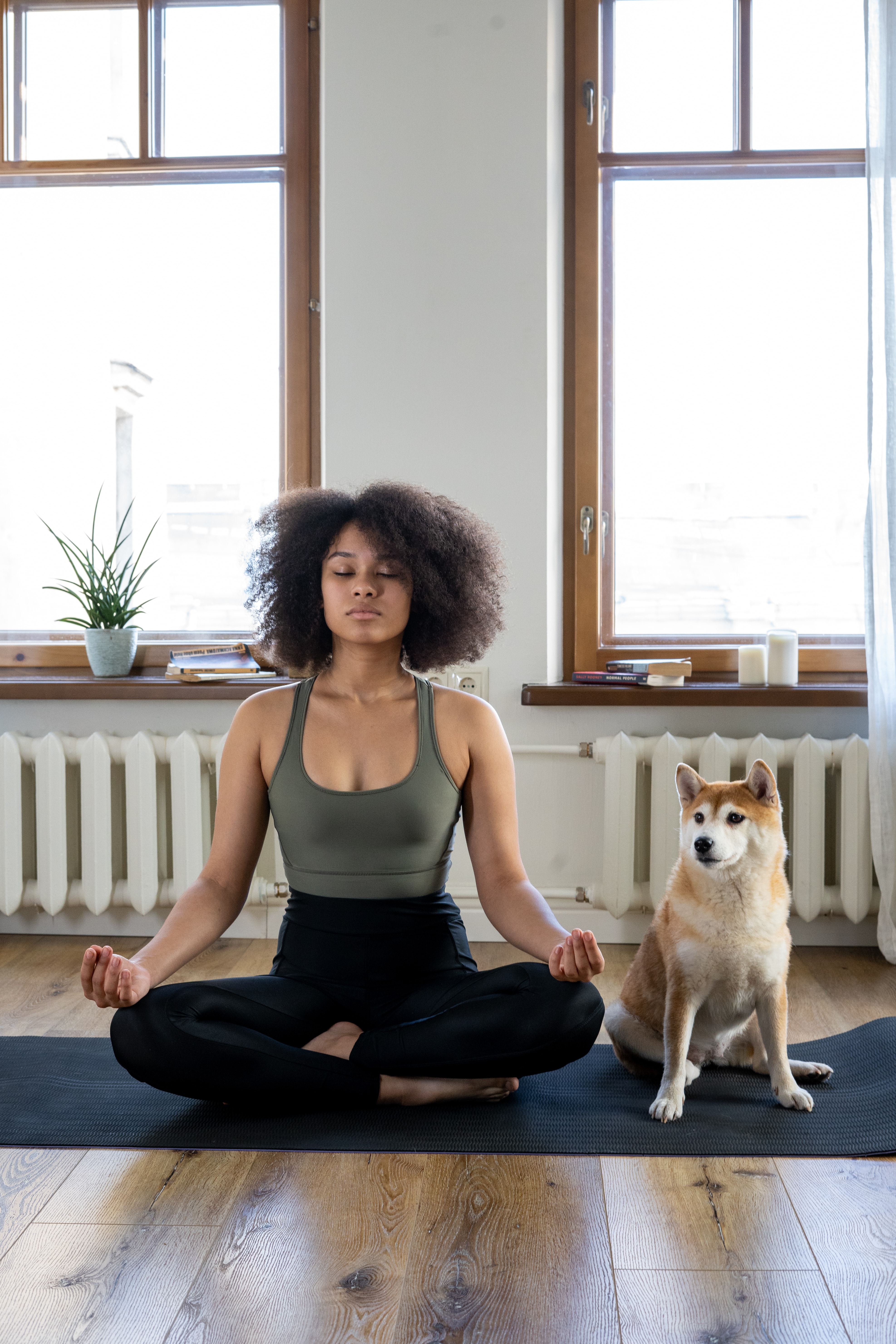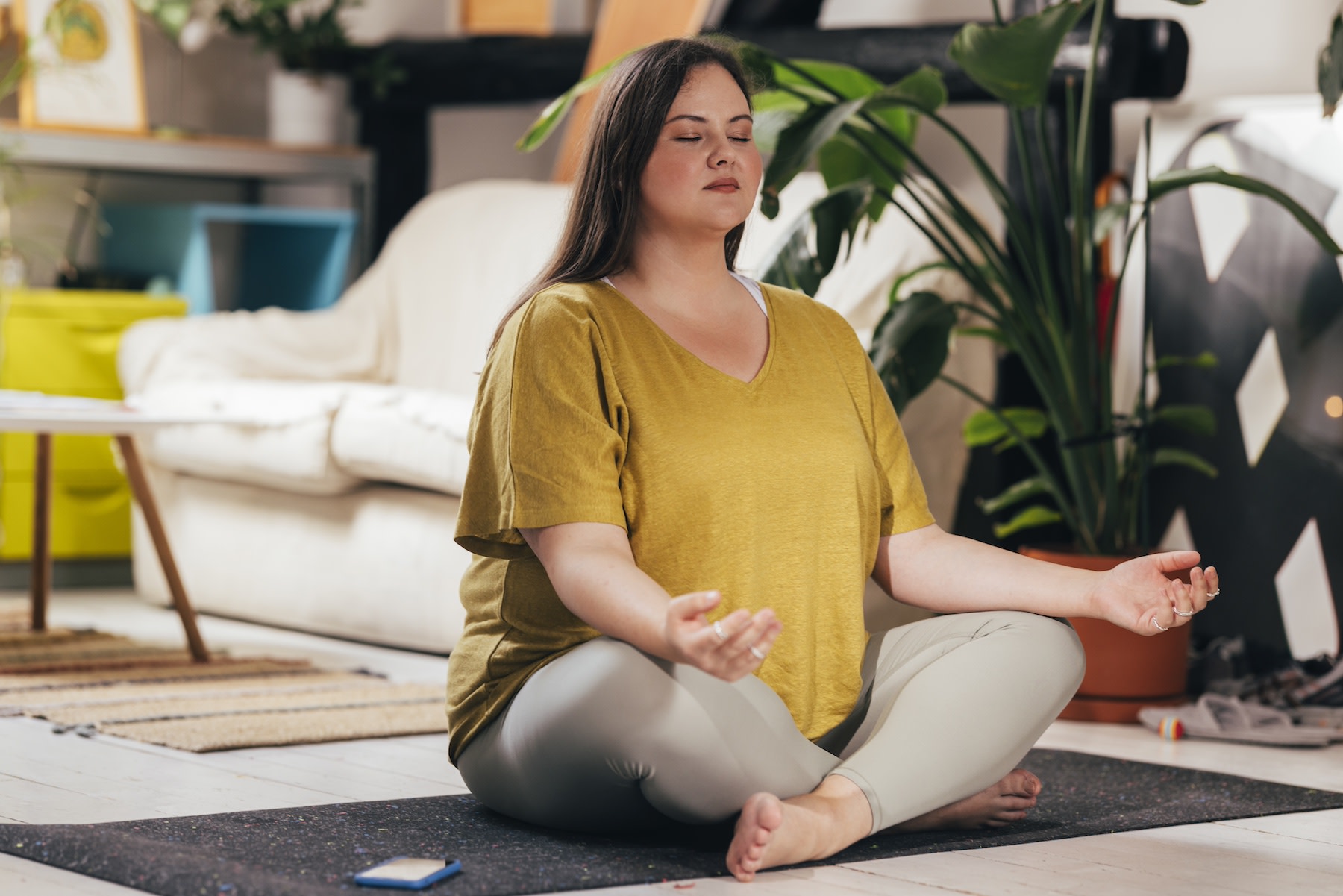How to Meditate? Tips for Producing Your Suitable Meditation Space
Just How to Meditate: A Detailed Method to Getting Mindfulness and Calmness
Reflection offers as a powerful tool for achieving mindfulness and psychological tranquility in a hectic globe. By recognizing the basic principles and strategies involved in reflection, individuals can cultivate a method that boosts their overall well-being.
Recognizing Meditation
Understanding meditation entails realizing its essential concepts and strategies, which function as the structure for the practice. At its core, reflection is a psychological exercise targeted at promoting leisure, developing inner energy, and establishing concern and insight. The practice encourages people to focus their focus, typically with strategies such as deep breathing, visualization, or concept repeating.
Meditation can be classified into numerous styles, including mindfulness, transcendental, and loving-kindness reflection, each with distinctive functions and techniques. Mindfulness reflection stresses present-moment understanding and non-judgmental monitoring of sensations and ideas, while copyright includes using particular concepts to go beyond common mind. Loving-kindness meditation focuses on creating an attitude of love and concern towards oneself and others.
Despite the technique used, the primary objective remains regular: to grow a deeper understanding of the mind and its patterns. This self-awareness fosters psychological durability, clarity of thought, and a profound feeling of calmness (How to meditate?). By recognizing these principles and methods, individuals prepared for a successful reflection technique that can significantly improve their overall health
Getting Ready For Your Practice
Prior to beginning your reflection method, it is vital to produce an atmosphere favorable to focus and relaxation. Ensure that the area is free and clean of mess, as a clean atmosphere can assist get rid of the mind.
Consider the illumination, as all-natural light can improve your state of mind and power. Soft, cozy illumination is often more relaxing than rough fluorescent lights. In addition, pick a comfy temperature, making certain that you are neither as well hot nor too cool.
Incorporating aspects that advertise harmony can additionally enhance your experience. This may include soft paddings or blankets for comfort, as well as relaxing aromas from crucial oils or incense. It can also be helpful to have a timer established for your meditation session to stop diversions from clock-watching.
Standard Meditation Strategies

One more effective technique is body check reflection. This involves emotionally checking your body from head to toe, seeing any type of locations of tension or discomfort and consciously unwinding those muscles. This practice promotes a deeper connection between your body and mind.

Lastly, loving-kindness reflection concentrates on cultivating compassion in the direction of on your own and others. Quietly repeat phrases of goodwill, improving emotional health and interconnectedness. Each of these have a peek at this website methods serves as a foundation for your reflection trip, allowing you to find the method that reverberates finest with your individual technique.
Preserving Focus and Mindfulness

Developing a committed reflection space can enhance the capability to maintain mindfulness. A quiet, uncluttered atmosphere minimizes disturbances, enabling deeper immersion in the technique. Additionally, setting a time limitation can help handle assumptions; beginning with shorter sessions may ease the shift into longer practices.
Using techniques such as body scanning or observing sensations can also strengthen mindfulness. These approaches encourage experts to stay present and engaged with their physicality, securing their focus in the moment. Normal method is essential; the brain builds strength over time, creating a stronger ability for emphasis.
Incorporating Meditation Into Day-to-day Live
Incorporating meditation into life can transform routine tasks into opportunities for mindfulness and self-reflection. By incorporating mindfulness techniques into common jobs, individuals can grow a greater feeling of visibility and peace among the numerous hours of everyday life.
Begin by recognizing moments throughout your day where you can stop and practice mindfulness. Even ordinary activities like strolling or washing dishes can end up being opportunities for meditation by web routing your interest to the feelings of activity and the audios bordering you.
In addition, setting aside devoted times for reflection can reinforce its practice. Start with short sessions, slowly raising duration as you come to be more comfy. Usage pointers or cues-- like a specific time of day or a soothing sound-- to establish consistency.
Inevitably, the objective is to weave mindfulness into the fabric of everyday life, enabling you to come close to each minute with intent, therefore boosting your total sense of well-being and clarity.
Final Thought
In verdict, efficient reflection requires a peaceful setting, a comfy placement, and a focus on the breath. Normal reflection, also in short sessions, cultivates a much deeper connection to the present moment, inevitably leading to higher calmness and psychological clarity in day-to-day life.
Reflection can be classified into various designs, consisting of mindfulness, transcendental, and loving-kindness meditation, each with unique purposes and approaches. Mindfulness reflection emphasizes present-moment recognition and non-judgmental observation of thoughts and feelings, while transcendental reflection involves the usage of details concepts to go beyond average idea procedures.With your reflection space prepared, it's time to discover different standard meditation methods that can aid cultivate mindfulness and internal tranquility.Consistently keeping emphasis and mindfulness during reflection can be challenging, specifically for those brand-new to the method.Establishing a committed meditation room can boost the capability to preserve mindfulness.